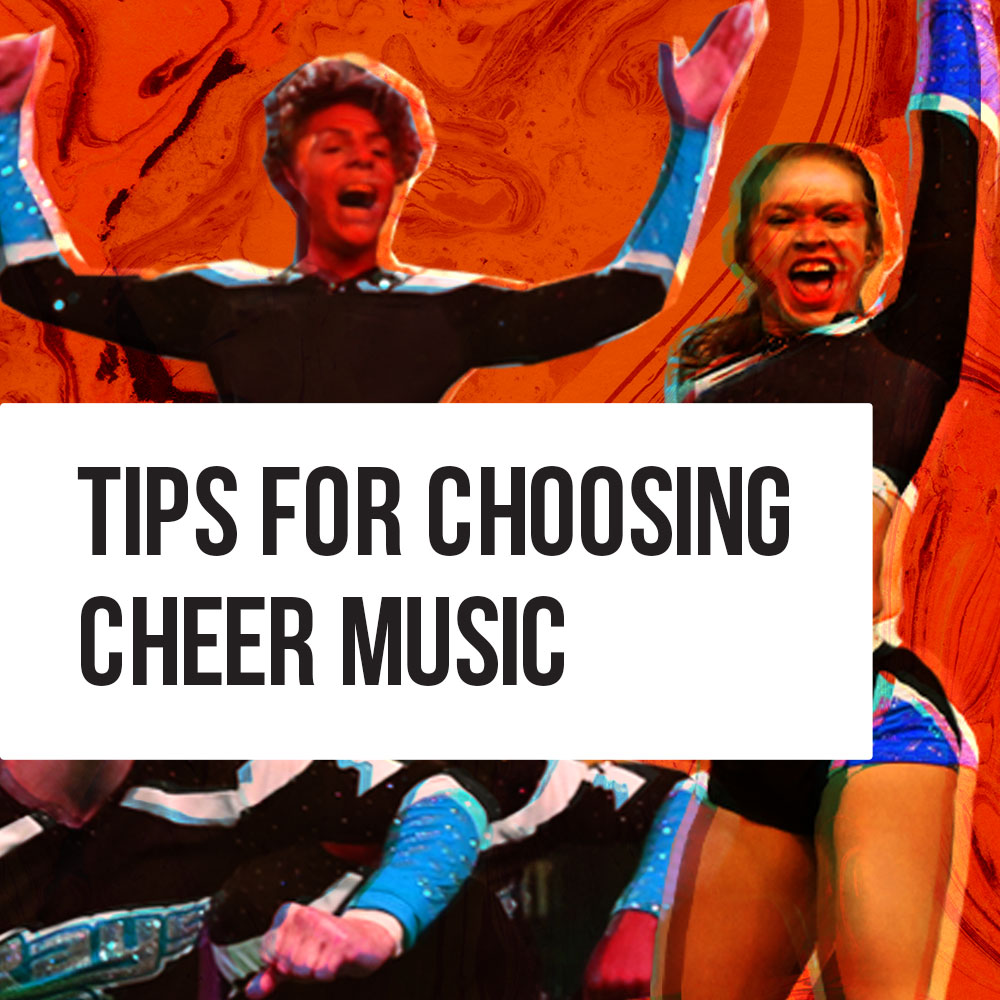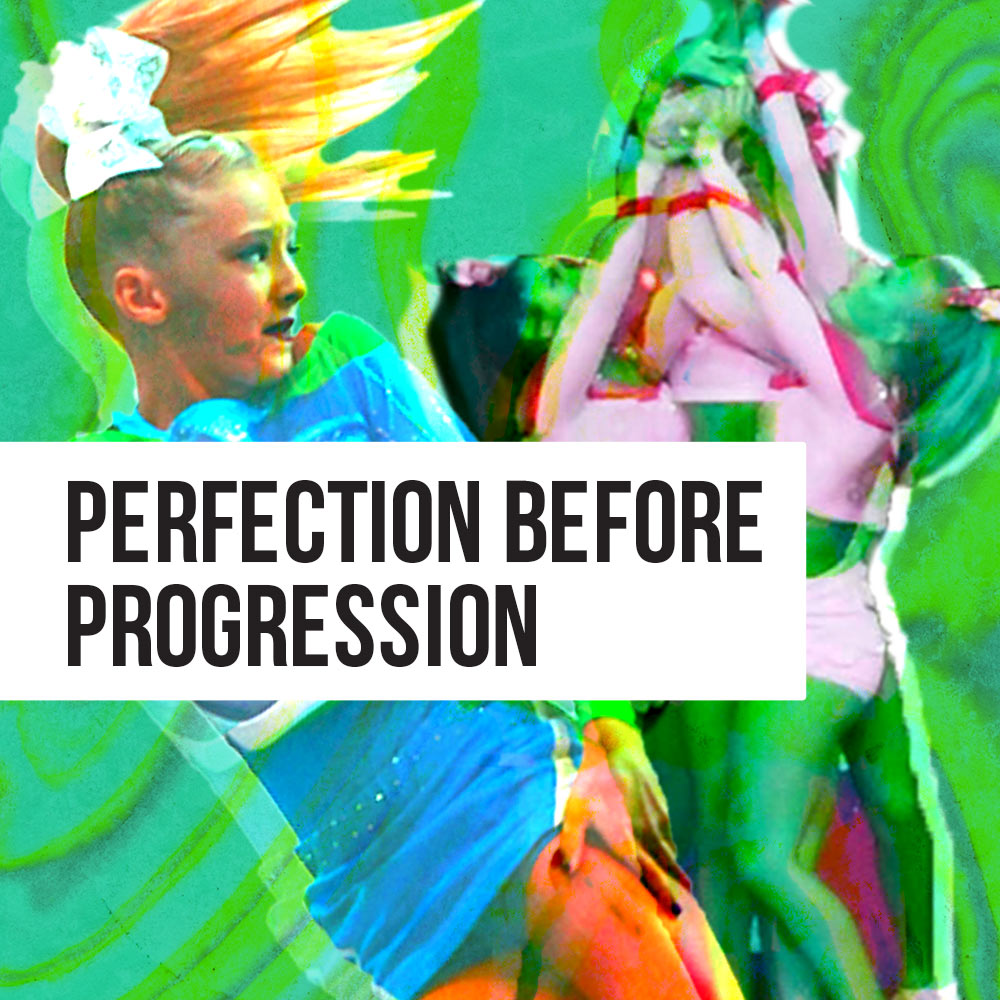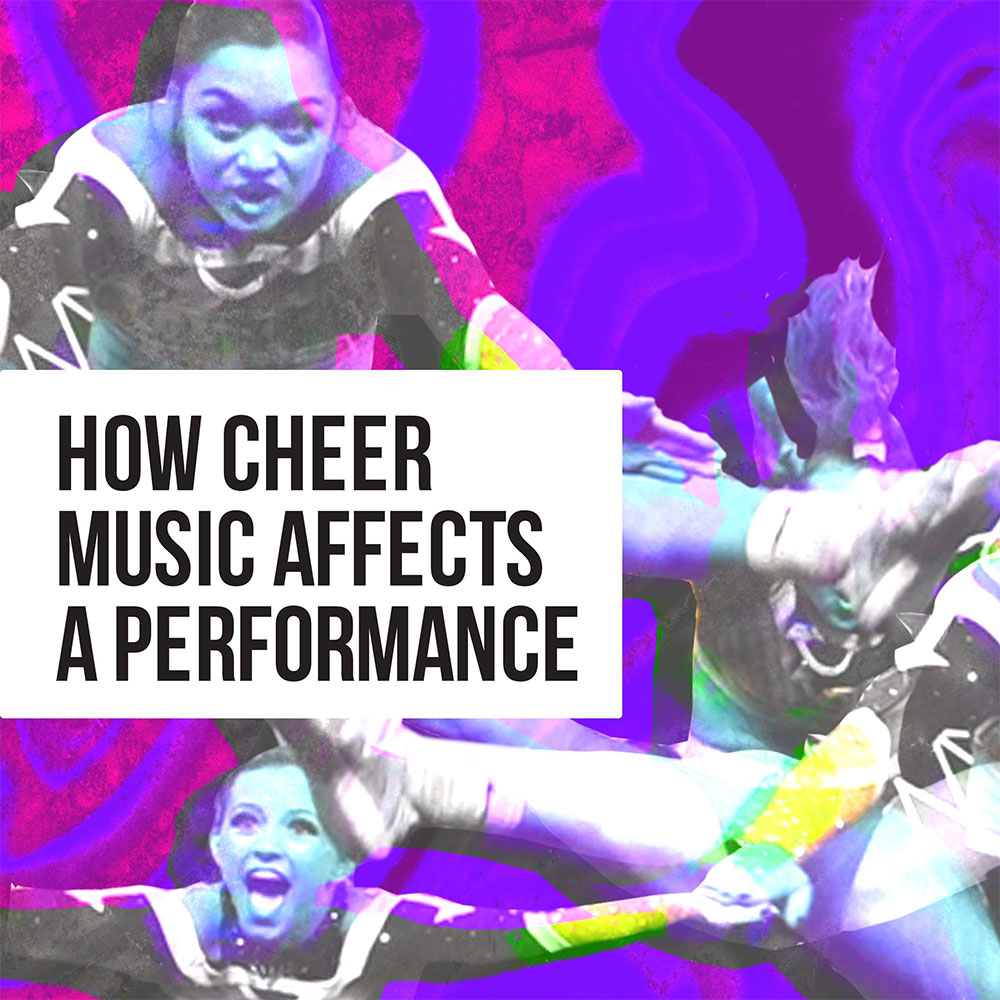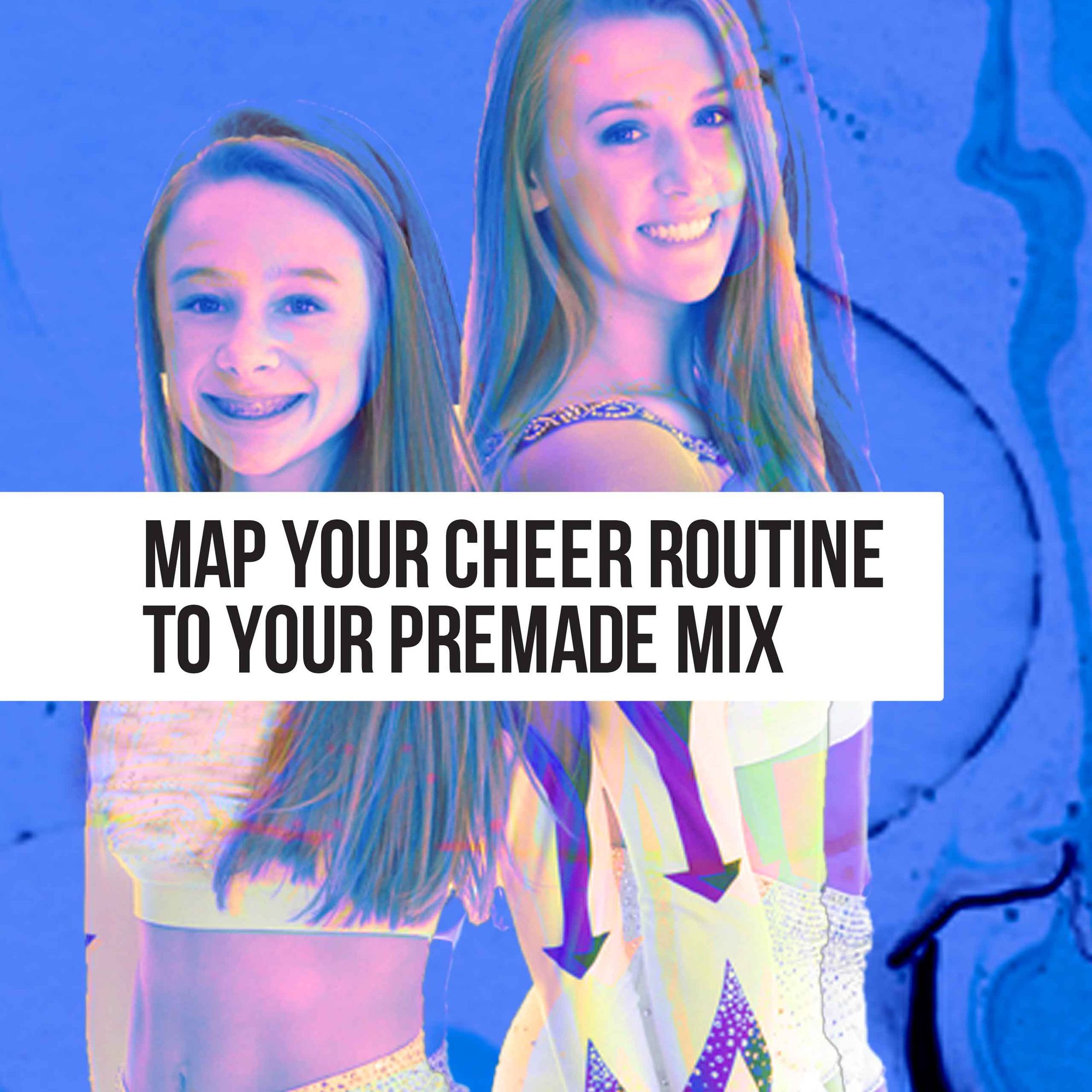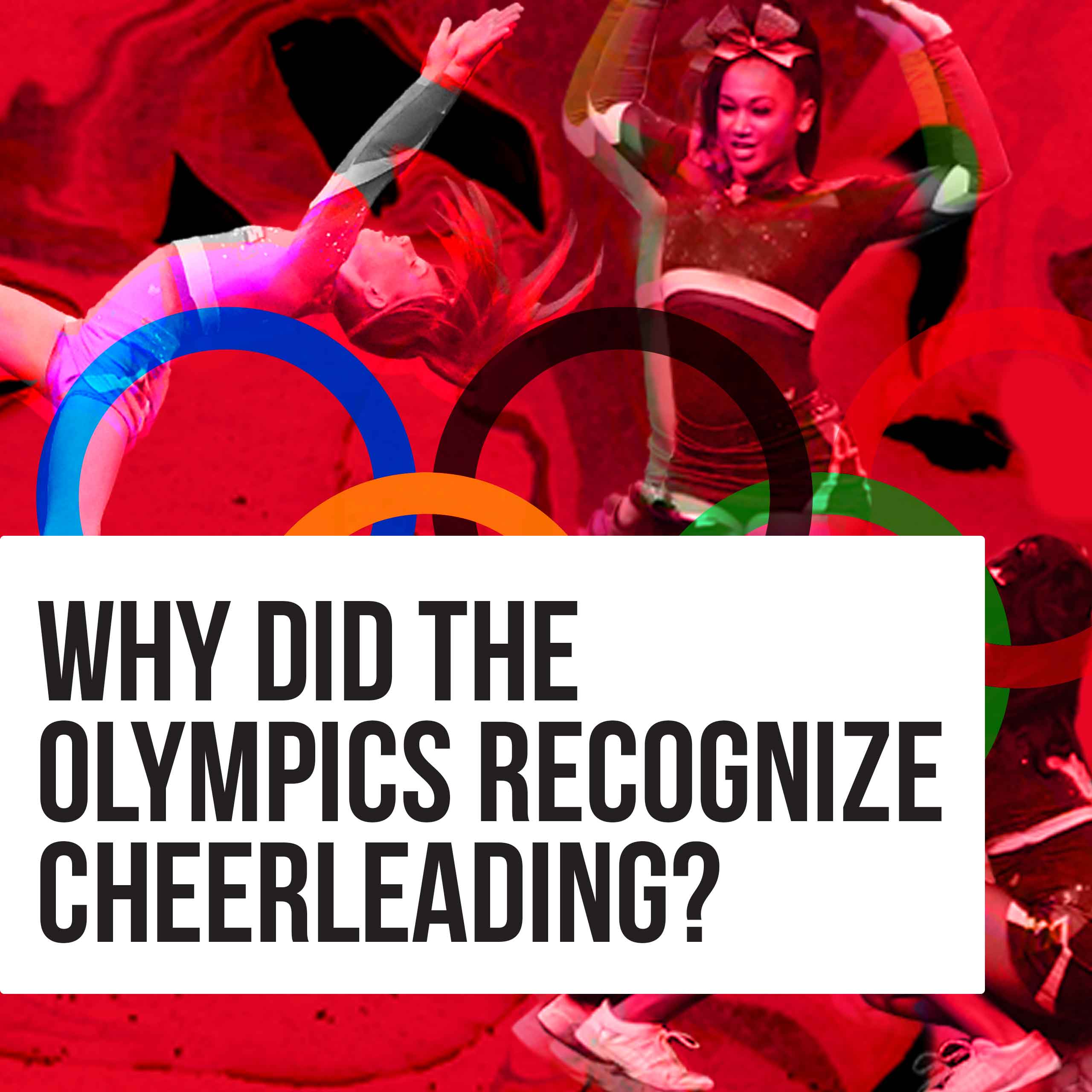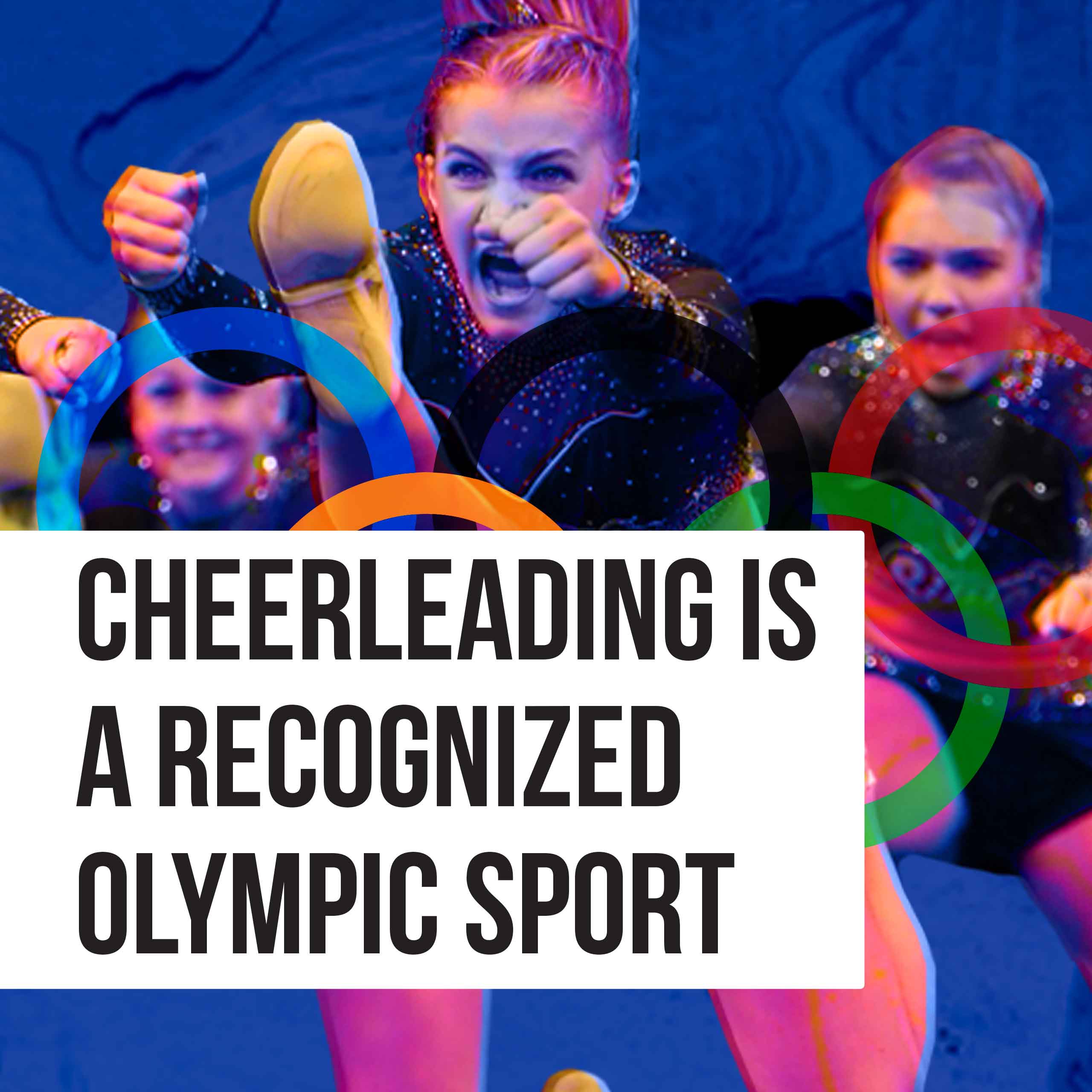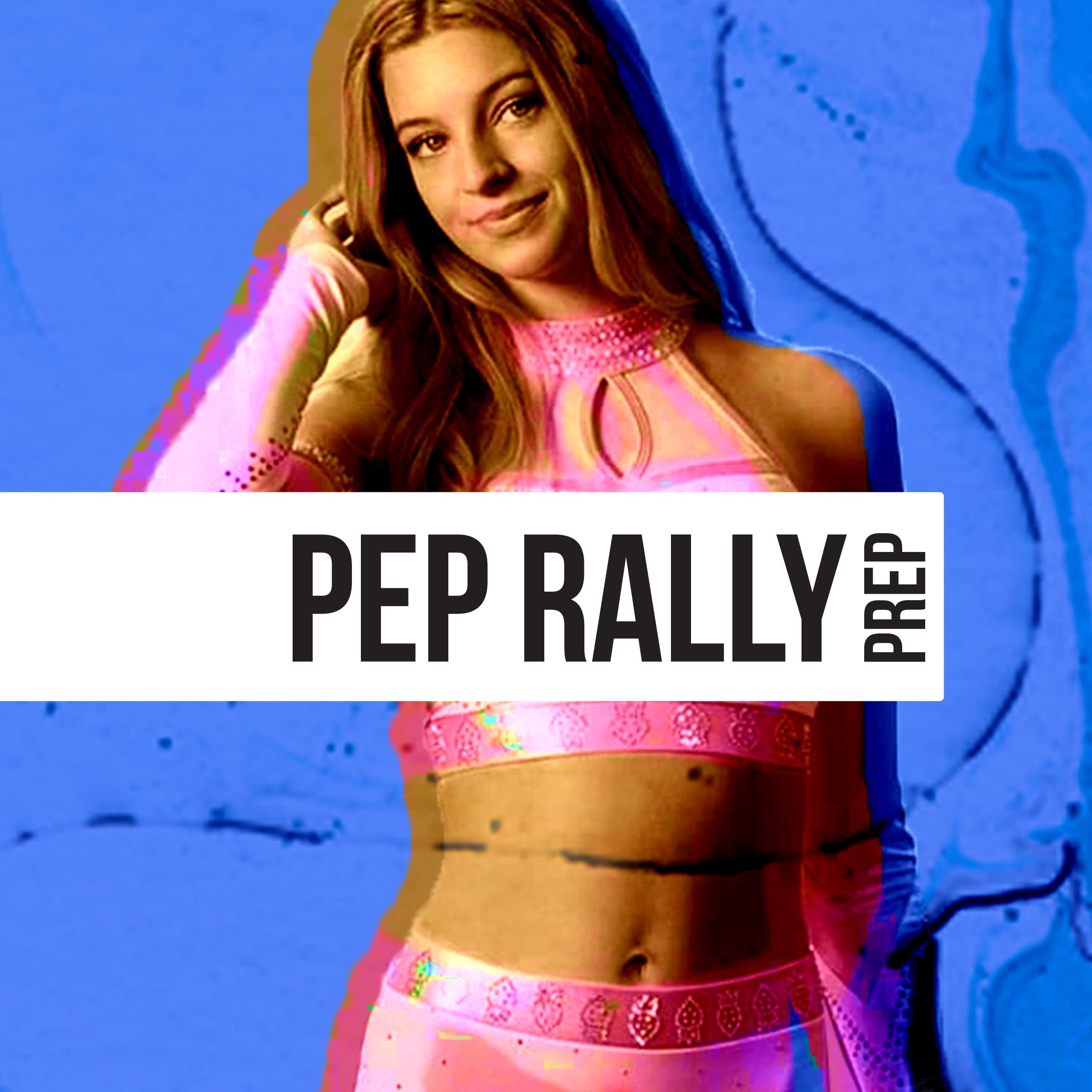
Cheerleading music has undergone a lot of changes since it began as a music genre in the 1980s. Most cheerleading music includes a mix of music from a variety of different artists, created to highlight the skills of the performers. However, the high-quality, professional mixes in today’s cheer music are broadcast in a variety of media outlets. Whether online via TikTok or YouTube, or on a national television broadcast of cheerleading competitions, there are several important laws governing the way that cheerleading music is created and exhibited. Knowing those rules is important. If you have illegal music, your squad may be barred from a competition or party to a fine of up to $150,000 – per performance!
Know the Rules
The rules for cheerleading music have changed significantly in the last decade. Until recently, cheerleading mixes were mash-ups of different copywritten songs. However, each artist or creator of intellectual property is guaranteed certain protections to keep their work exclusively their own. Their ownership to the rights of their work is a cornerstone of U.S. copyright law. Cheerleading music is no exception. In the last 10 years, the USA Cheer Music Copyrights Educational Initiative has been developed to protect creators and their original content. There are a lot of rules involved, but the basic premise is simple. If your cheerleading mix includes songs that were not legally licensed, then your music is probably not legal.
Consult a Professional
U.S. copyright law applies to all cheer music, even if it is only being used as a pep rally or other school function. Broadcasting copywritten music without the express permission of the originator is illegal. There are some grey areas, however. If you are not sure about the rules for your particular performance venue, don’t be afraid to ask a professional. USA Cheer has a list of certified cheerleading music producers like New Level Music and CheerleadingMix.com who know the rules and regulations regarding cheer mixes. They can help you navigate the laws around copyright and intellectual property. Members from the USA Provider list can acquire licenses and permissions for the songs in a cheerleading music mix, and make sure the music you are using is 100% legal.
Consider a Professional Cheer Mix
Once you know the rules, you should be able to make informed decisions about your cheerleading music. Using a preferred vendor like CheerleadingMix.com can help you navigate the laws involving copywritten music. Approved cheer music producers will be able to acquire and document the licenses which are needed to use copywritten materials in a public performance. Getting a professional music production team to help get that perfect mix will make your cheerleading routine epic and bring the crowd to their feet every time you hit.



